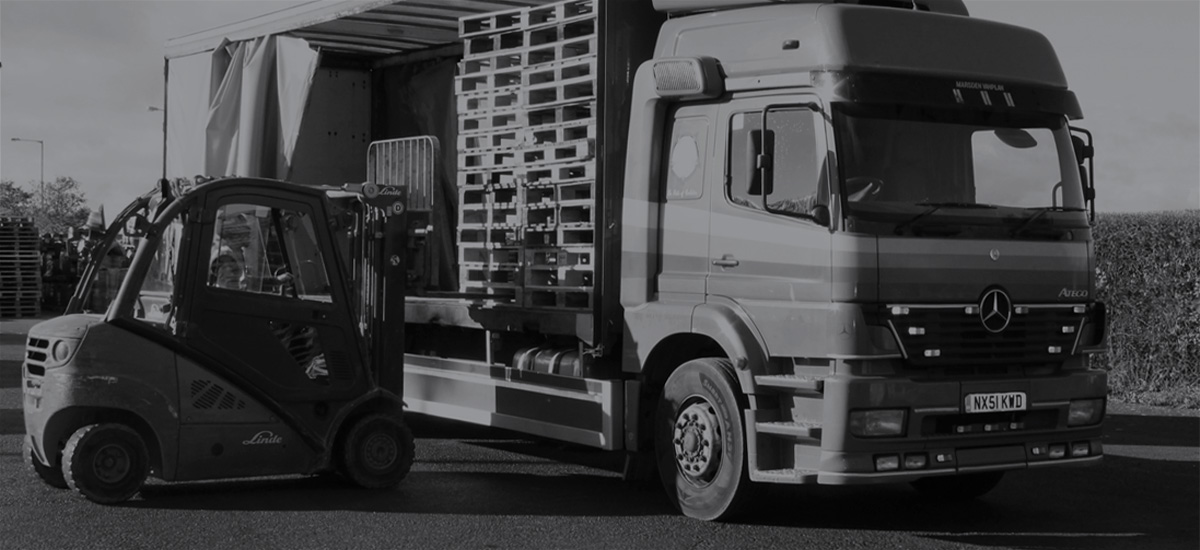On 21st March, as part of the Budget 2012, the new packaging targets for 2013 – 2017 were announced. Based on responses received from DEFRA’s recent consultion, the Government have adopted the preferred targets set out below.
The targets, which apply to businesses within the scope of the Packaging Waste Regulations, will deliver environmental and economic benefit, as well as ensuring that the UK continues to meet EU Directive targets over the next five years. It will also avert up to 400,000 tonnes of waste going to landfill, further demonstrating the importance to reduce, reuse, recycle.
|
Material |
2012 (%) |
2013 (%) |
2014 (%) |
2015 (%) |
2016 (%) |
2017 (%) |
|
Paper / Card |
69.5 |
69.5 |
69.5 |
69.5 |
69.5 |
69.5 |
|
Glass |
81 |
81 |
81 |
81 |
81 |
81 |
|
Aluminium |
40 |
43 |
46 |
49 |
52 |
55 |
|
Steel |
71 |
72 |
73 |
74 |
75 |
76 |
|
Plastic |
32 |
37 |
42 |
47 |
52 |
57 |
|
Wood |
22 |
22 |
22 |
22 |
22 |
22 |
|
Total Recovery |
74 |
75 |
76 |
77 |
78 |
79 |
|
Of which Recycling |
68.1 |
69.0 |
69.9 |
70.8 |
71.8 |
72.7 |
The main changes have increased the following packaging materials annually:
- Aluminium by 3%
- Plastic by 5%
- Steel by 1%
|
2013 (%) |
2014 (%) |
2015 (%) |
2016 (%) |
2017 (%) |
|
|
Glass from re-melt |
63 |
63 |
63 |
64 |
64 |
Although the target for wood remains at 22%, the concept of recovery and reuse of packaging assets would benefit businesses at a time when other packaging materials costs are increasing. Pallet recovery and reuse can make existing pallets available for reuse, reducing the amount of new timber being used, which would add to a businesses overall packaging waste obligation. All recovered packaging is not considered as new as it has been collected for reuse, therefore it will not form part of your business’s packaging obligation.







